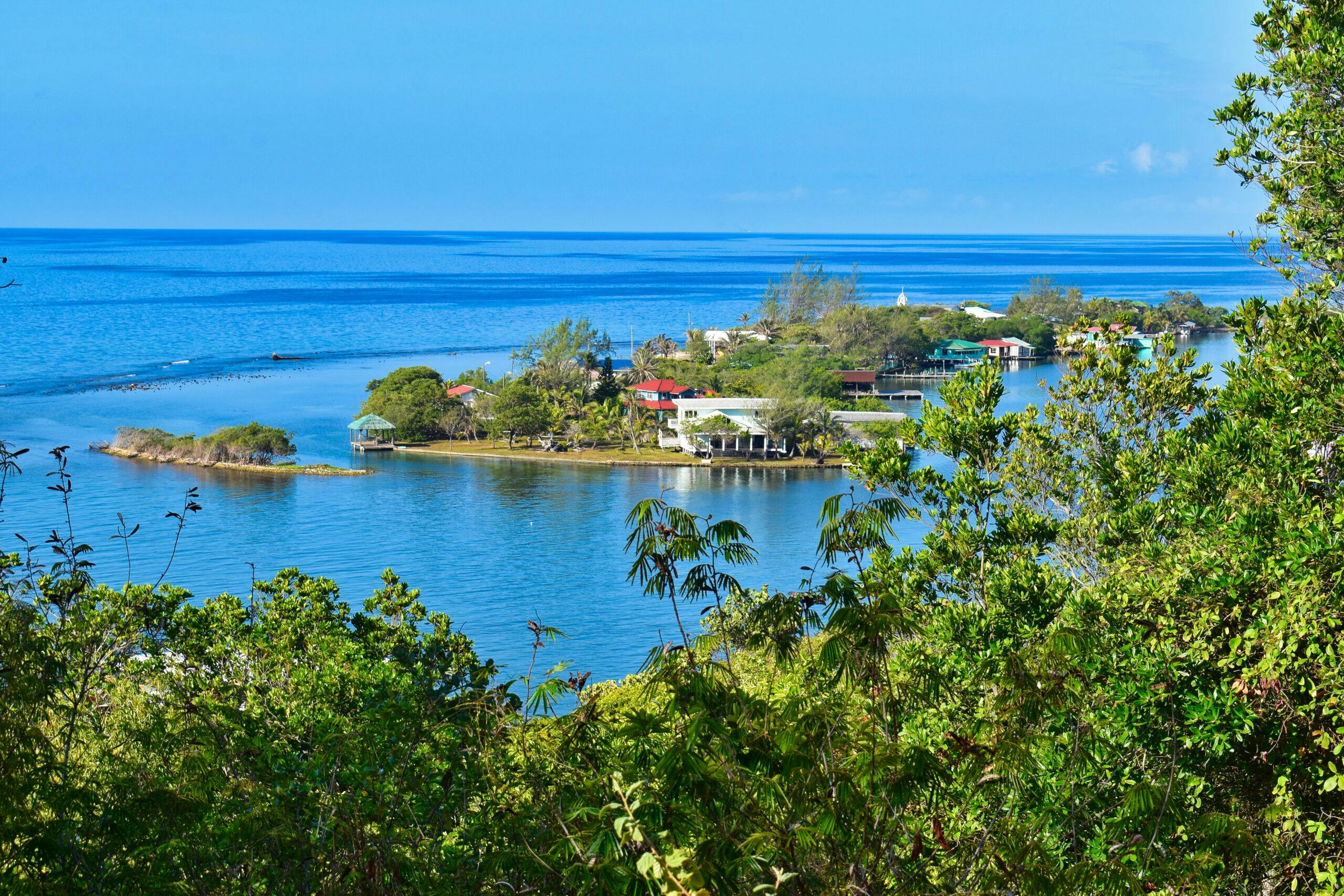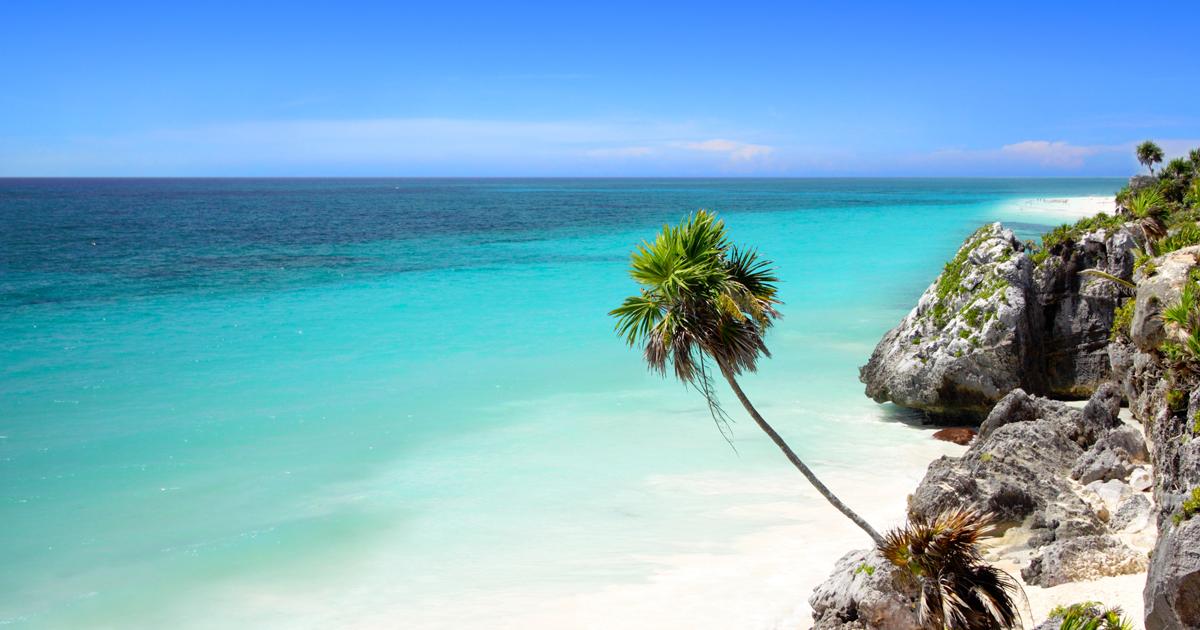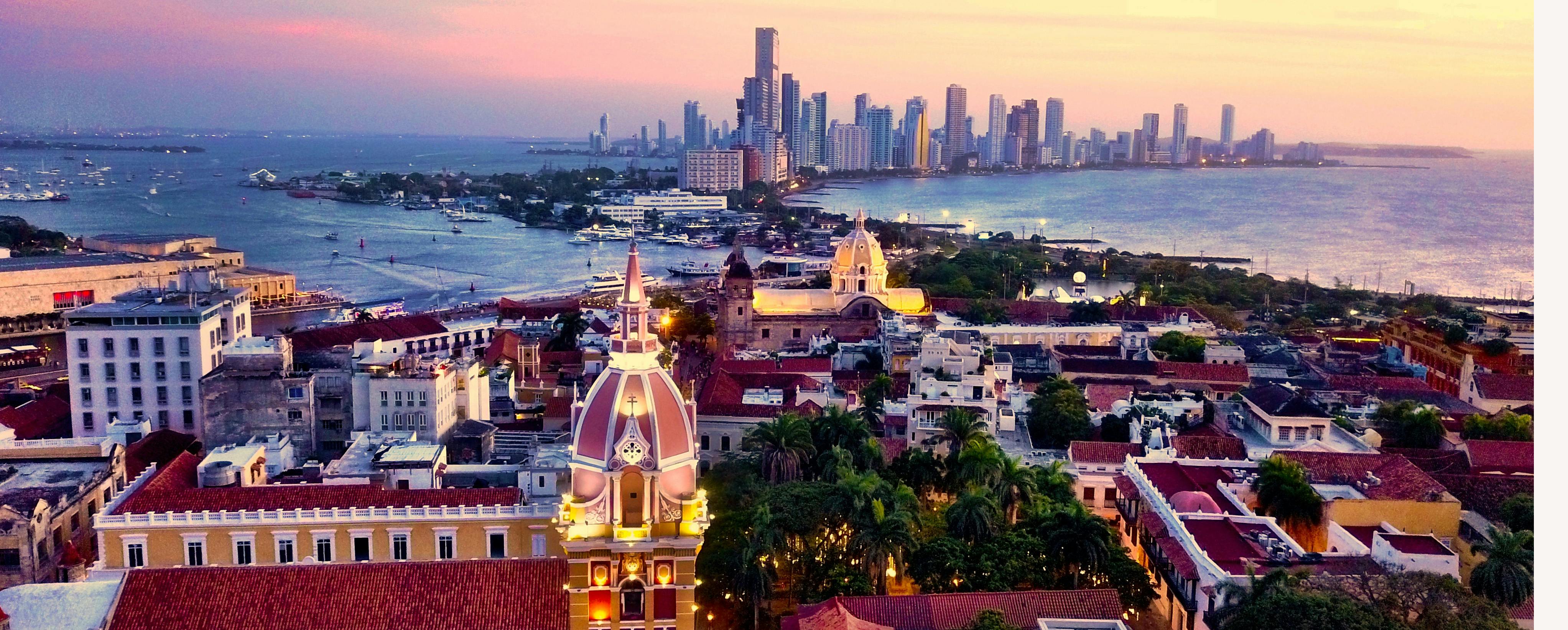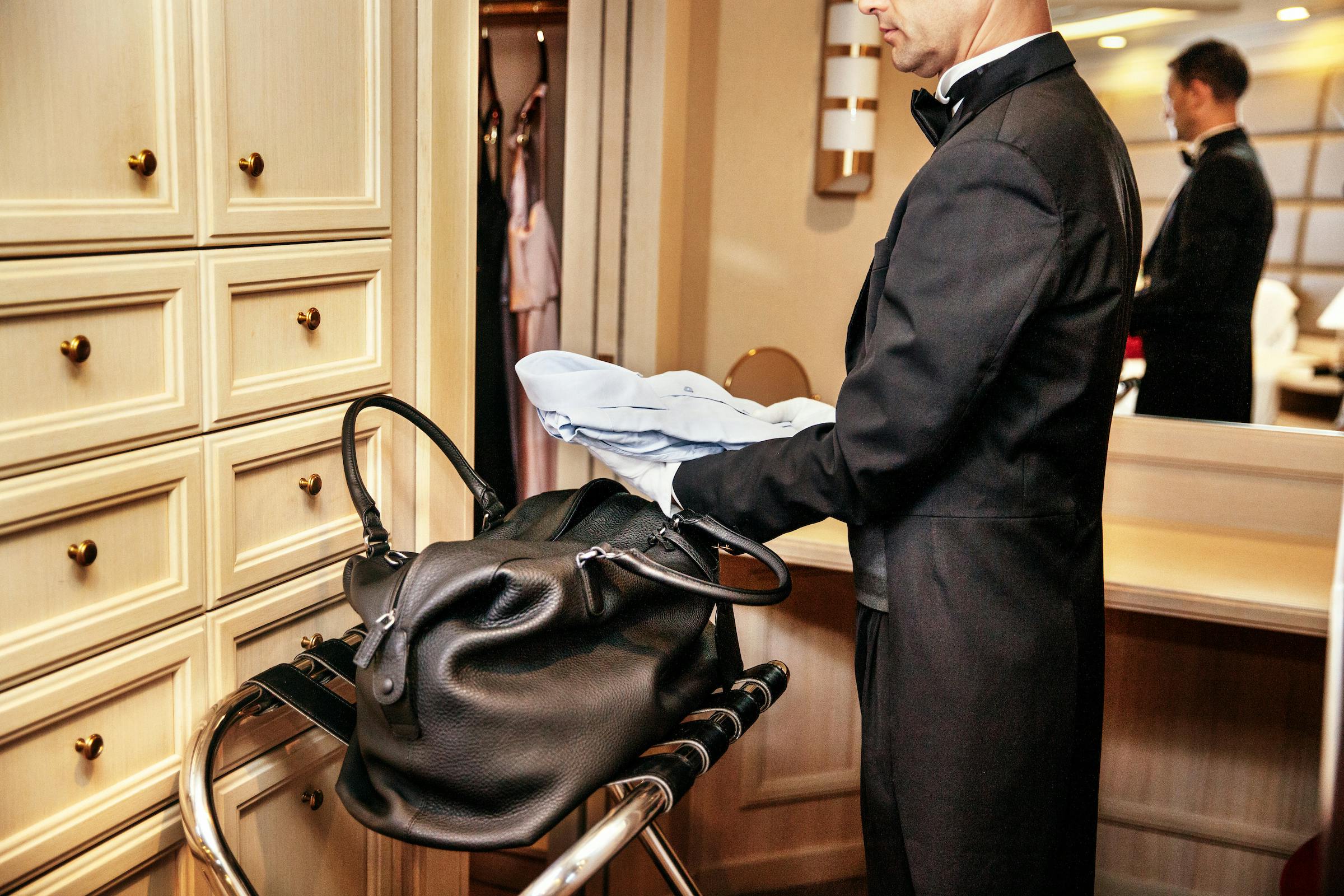Food in Honduras with S.A.L.T. Experiences — Featuring Roatán, a Caribbean Gem
Silversea’s S.A.L.T. — which stands for Sea and Land Taste — is an innovative program celebrating the culinary arts of the destinations visited on Silversea voyages. In this series of stories, we share our experiences on S.A.L.T. Experiences as we travel through Central America — like experiencing the delicious food in Honduras. The S.A.L.T. program is offered on Silver Moon, Silver Dawn and Silver Nova.
Today we are in…Roatán, Honduras

Roatán, 37 miles off Honduras, is one of the less-heralded corners of the Caribbean. Although the island exhibits many of the classic attributes one might expect in the eastern Caribbean — beautiful beaches and easy access to snorkeling, diving and fishing — it also has its own fascinating heritage, thanks to the local Garifuna culture. The Garifuna, also known as Black Caribs, are a mix of the West and Central African and the Arawak people of the Lesser Antilles. This tour offers a glimpse into a culture that still goes its own way in an increasingly connected world.
Why did S.A.L.T. Adventures choose culture and cuisine of Garifuna in Roatán?
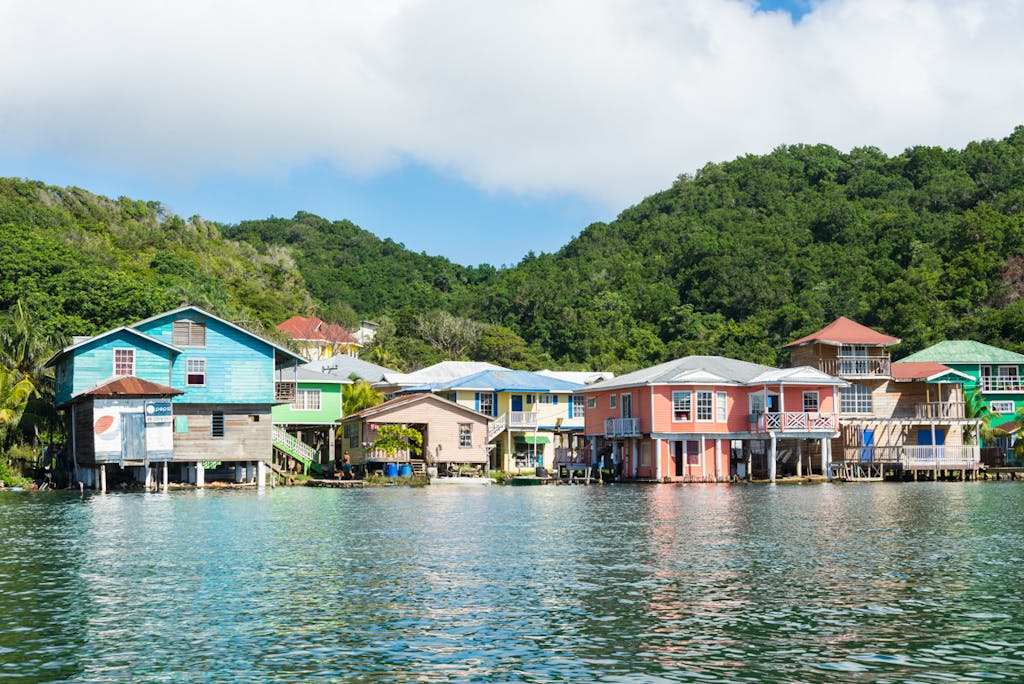
“For a lot of travelers, myself included, in the Caribbean we’re very used to eating homogenized, luxury resort buffet versions of Caribbean food,” says S.A.L.T. director Adam Sachs. “Our job, our challenge and inspiration, is to show that there is not one type of cuisine, or one standard Caribbean or Latin American food.”
On this voyage, the cuisine of Central America is showcased nightly in the ship’s S.A.L.T. Kitchen. On one particular evening, the dinner menu features Honduran-inspired chicken skewers marinated with fresh chiles, cilantro and lime and served with coconut rice, allowing a deeper dive into the food in Honduras and one of Central America’s unique outposts.
Roatán exposed a white lie I’ve told myself for years: As a writer who has traveled the Caribbean for more than 35 years, I often say I’ve visited every Caribbean island with a bed. In truth, I had never set foot on Roatán, an inconvenient factoid I managed to reconcile with this island’s distinctive location, set aside from the Greater and Lesser Antilles.
Experiencing the ‘Venice of Roatán’

The half-day excursion to Roatán can be divided neatly into three distinct sections. The first involves a 45-minute minivan trip from the port at Coxen Hole through the pine-spiked hills of Roatán — barely a mile wide — to Oakridge, a small settlement along the shoreline. The long and winding drive is strikingly beautiful and also reveals a rich history. The island’s east end is said to have been a hangout for Henry Morgan and other pirates; today, it is home to a vanishing vocation.
The community lives in brightly painted wooden houses, many perched on stilts. It’s nicknamed the Venice of Roatán because of its canal-like infrastructure. For getting around, most residents use rustic cayuco boats, which have the size and girth of a Venetian gondola, topped with a long-slung roof for shade.
Our group piles into one of the cheery motorized cayucos for a tour of the fishing village, then heads toward Calabash Bight, a neighboring settlement. Coursing through mangrove tunnels and shallow lagoons, we pass by shrimp and lobster boats that hint at a life that larger commercial operations are gradually eroding.
As a newcomer to Roatán, I am enchanted by our cayuco ride, something I’ve never experienced in this stretch of the Caribbean. Disembarking the boats, we make our way over a hill to Punta Gorda, where we are welcomed by a few dozen locals. (All are wearing pandemic-appropriate masks that this particular time period calls for; on arrival, we are pointed toward hand sanitizers positioned around the beachside dock.)
Compared with the more developed commerce of the island’s west end, Punta Gorda has its own history. It was Roatán’s first settlement, dating to 1797, when the British Army exiled about 3,000 Garifuna from St. Vincent to this cove. Today, Punta Gorda is the de facto hub for the Garifuna culture, and its heritage is celebrated annually on April 12, the anniversary of its founding.

We wander out to the thatch-roofed pier, where the second part of our tour begins. It’s a feast of dancing and music, featuring the punta, a traditional dance of seduction between a man and woman, against a song of call-and-response patterns and rhythmic drumming. The women wear bright magenta skirts, while the men don painted wire-mesh facial masks and a cascade of colored ribbons dangling to the knees.
The finale: a great meal

Roatán-born chef Astel Samuel summons us for the third leg of the tour: a meal at his restaurant, Jalisco’s Place. Gathered at picnic tables under a yellow-and-orange wooden canopy, we are served tapado, a fish and shrimp stew thickened with coconut milk, yucca, plantains and green bananas; the tapado is plated alongside a flat crispy tortilla called casaba, made from the starchy tuber cassava. While this would be filling enough, the main course is fried yellowtail snapper — served head-on and so fresh it was almost still snapping — with rice, beans and tostones (fried plantain chips). Desserts come next: pumpkin cake, coconut bread and yucca cake.
When his kitchen duties are complete, Chef Astel shares his own story. When he was young, he left Roatán to become a maritime hand, eventually utilizing the cooking skills he had learned from his mother. He became a chef for high-end yachts and later was the personal chef for a Greek tycoon. But he longed to return to Roatán. Today, he shares with us his favorite dishes and family recipes to try to keep the island’s Garifuna traditions alive.
Inside tips before you go
Plan on a light breakfast. A Central American lunch is nothing if not hearty. Carry a camera (or fully charged phone) to capture the scenery of Oakridge and Calabash Bight, and the colorful energy of the dance performance.
Learn more about adding S.A.L.T. to your trip
The S.A.L.T. program is built around four pillars, and the first three are experienced onboard the ship. S.A.L.T. Kitchen is a restaurant dedicated to showcasing food and wine from the region where the ship is traveling, offering a regional menu that changes daily, based on the port. S.A.L.T. Lab allows guests to enjoy the challenge of cooking regional dishes, while S.A.L.T. Bar offers cocktails made with local ingredients.
S.A.L.T. Experiences, meanwhile, moves in the opposite direction. These exclusive-to-Silversea shore excursions — curated by local experts in food and wine — create personal connections to the places we visit.
The S.A.L.T. Adventures Culture and Cuisine of Garifuna in Roatán excursion lasts a little more than four hours. The shore excursion is available on winter sailings aboard Silver Moon, Silver Dawn and Silver Nova.
Thinking about a cruise to Honduras? Browse these Caribbean & Central American cruises.



